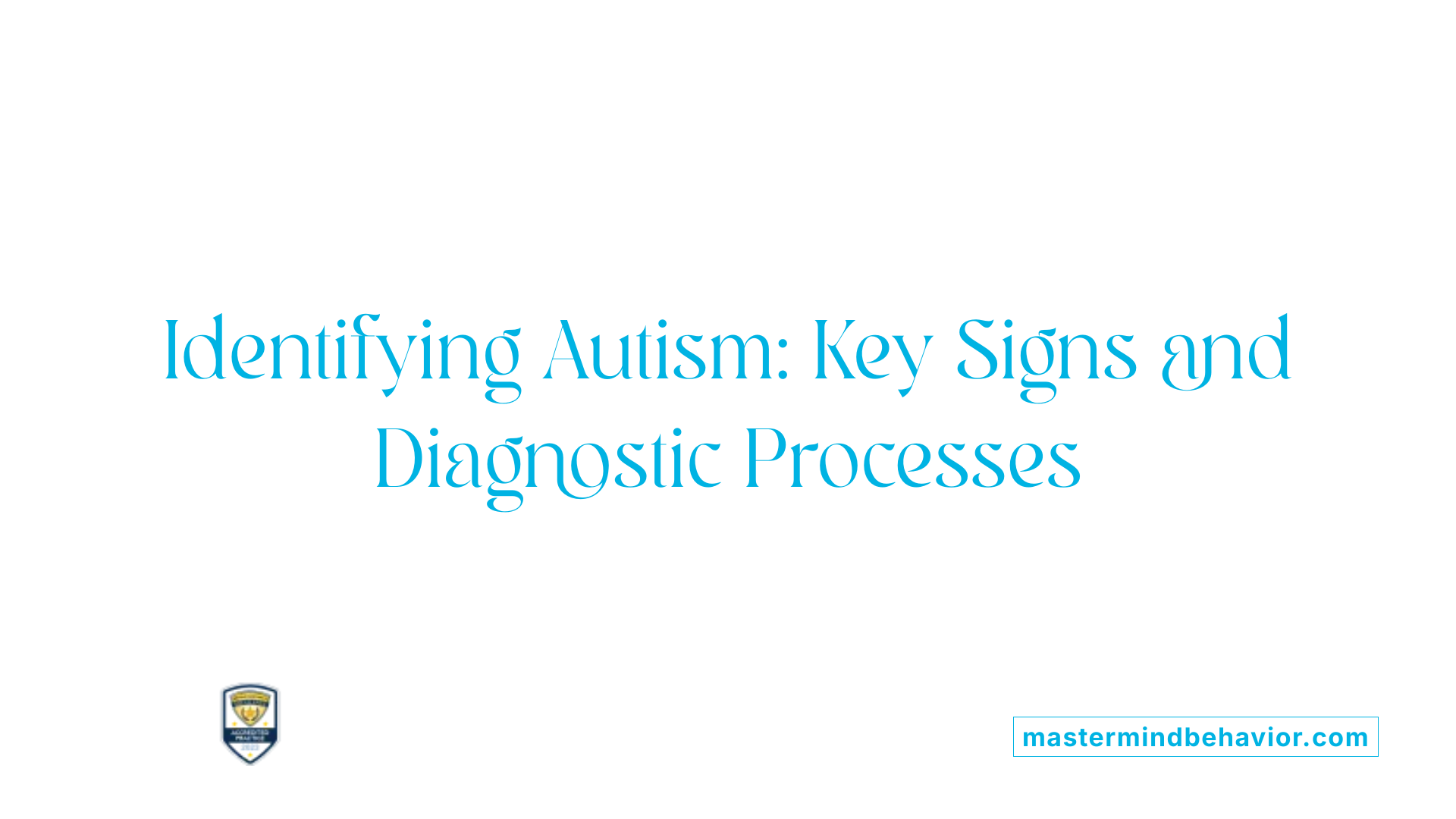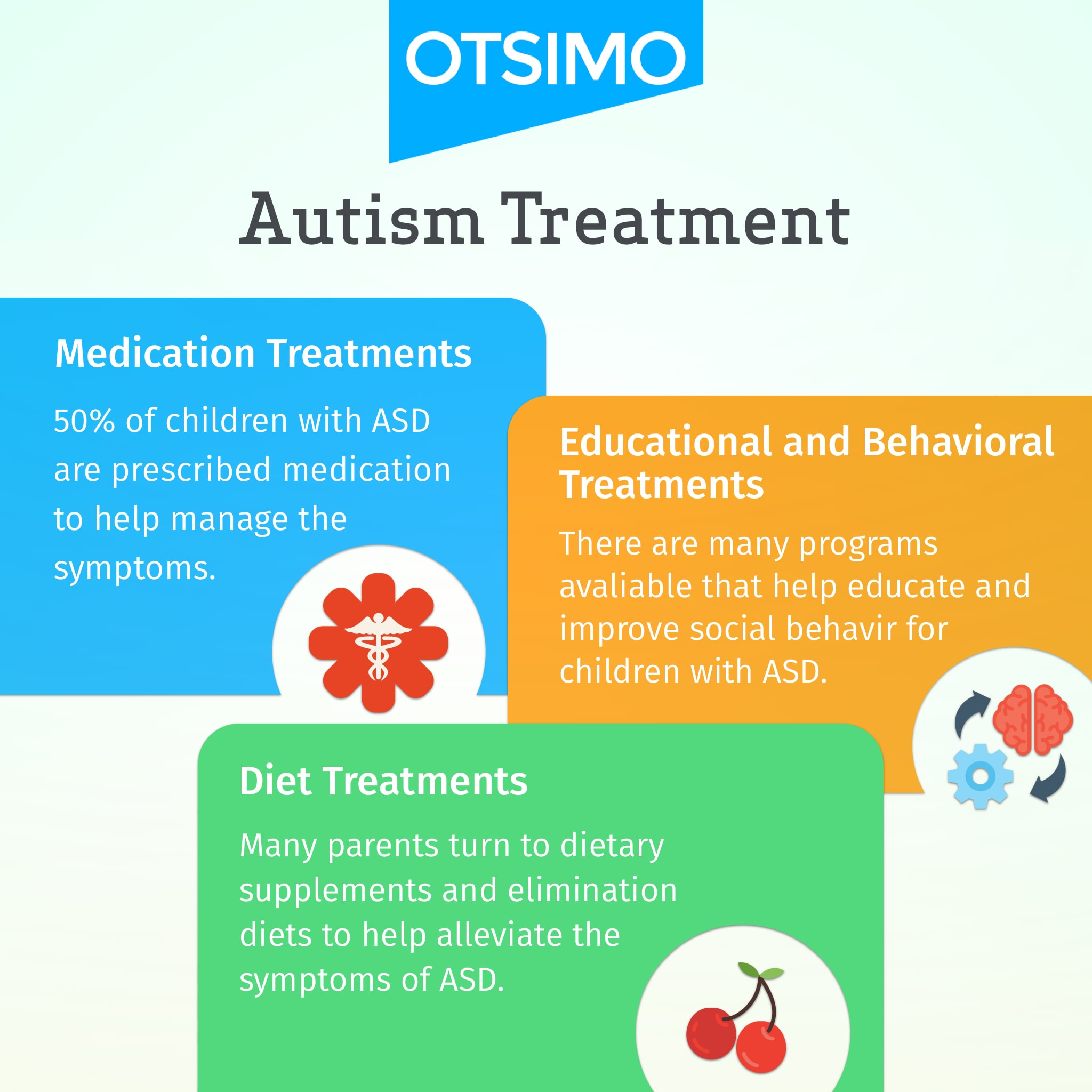Top benefits of structured play guided by an Autism Therapist approach
Recognizing the Effect of Behavioral Autism on Daily Life and Social Communications
You could not understand how deeply behavioral autism affects life and social communications. Individuals on the spectrum commonly navigate a world full of interaction obstacles and sensory overload. These challenges can result in stress and isolation, influencing their connections and overall well-being. Recognizing these subtleties is important for fostering helpful settings. What techniques can we implement to create even more inclusive rooms and purposeful connections? The answers could surprise you.
Defining Behavioral Autism and Its Attributes
Behavioral autism, usually described as autism range problem (ASD), encompasses a series of conditions defined by obstacles in social communication, communication, and repeated actions. You might discover that individuals with ASD commonly have a hard time to translate social hints, which can bring about misunderstandings in conversations. They may discover it hard to establish eye call or engage in little talk, making social situations feel frustrating.
Interaction difficulties can manifest in different means, from delayed speech advancement to a choice for utilizing less words. Recurring actions, such as hand-flapping or rocking, can function as coping devices to take care of tension or sensory overload. These characteristics can exceptionally impact day-to-day live, making it important for you to comprehend and sustain those with ASD. By recognizing these traits, you can foster a setting that promotes acceptance and encourages reliable interaction, assisting individuals with autism prosper in their daily interactions.
The Range of Autism: Understanding Irregularity in Behavior
Autism range condition (ASD) isn't a one-size-fits-all medical diagnosis; it differs extensively amongst individuals. You could notice that some individuals with ASD exhibit light signs, while others might face more considerable obstacles. This irregularity can materialize in behaviors, rate of interests, and sensory sensitivities. You might experience individuals that are highly spoken and engage easily in discussions, while others could choose singular tasks or communicate non-verbally.
In addition, the method individuals with ASD react to sensory input can differ significantly; some may be bewildered by brilliant lights or loud noises, whereas others grow in promoting environments. The range likewise includes differences in social communications; some individuals may struggle to interpret social signs, while others browse social setups with relative simplicity. Comprehending this variability is important, as it helps you value everyone's special experience and tailor support to their certain needs, fostering an extra inclusive environment for every person.
Interaction Obstacles Encountered by People With Autism
When you connect with people on the autism spectrum, you might notice their distinct communication difficulties. They often encounter problems with both nonverbal and spoken signs, which can impact their social communications. Comprehending these obstacles is necessary for fostering far better connections and assistance.

Verbal Interaction Difficulties
Lots of people on the autism spectrum experience spoken interaction troubles that can substantially influence their daily interactions. You could discover it challenging to express your thoughts, sensations, or requires clearly. This can result in disappointment for both you and those around you, as misconceptions happen. You may fight with initiating discussions, preserving a subject, or recognizing nuances in speech. Often, you could prefer utilizing simple language or repeated phrases, which can restrict your ability to take part in deeper conversations. Your speed, tone, or volume could not straighten with social expectations, triggering others to misunderstand your intents. Identifying these difficulties can aid you and your assistance network develop methods to boost communication and cultivate far better links with others in your day-to-day live.
Nonverbal Communication Obstacles
Verbal communication isn't the only difficulty people on the autism spectrum face; nonverbal interaction obstacles can be equally as substantial. You might find it tough to analyze body language, faces, and eye get in touch with, which are necessary for reliable communication. These challenges can bring about misconceptions or misinterpretations of social cues, making communications really feel frustrating or complex. You might have a hard time to reveal your own emotions with nonverbal means, leaving others unclear of your objectives or sensations. This separate can produce sensations of seclusion and stress. Acknowledging these obstacles is vital for fostering understanding and compassion in your communications. By attending to nonverbal communication, you can find approaches to enhance your social experiences and boost your general lifestyle.
Social Interaction Impacts
Social communications can usually really feel overwhelming as a result of the unique interaction difficulties dealt with by individuals with autism. You might have problem with analyzing social signs, making it difficult to comprehend mockery or body language. This can result in misunderstandings or awkward minutes in discussions. In addition, initiating and keeping discussions might feel difficult, causing stress and anxiety in social situations. You may like structured environments, making spontaneous communications uncomfortable. It's also usual to experience problem in involving in small talk, which can hinder developing new friendships. Recognizing these obstacles can help you locate techniques to improve communication, such as practicing social skills in secure settings or using visual help - Autism Spectrum Therapies. Understanding your needs enables you to browse social interactions with better confidence and simplicity.
Social Interaction and Relationship Structure in Autism
While building connections can be testing for people with autism, recognizing Learn More Here their one-of-a-kind perspectives and communication designs can foster significant connections. You may observe that many people on the spectrum prefer direct communication and might battle with social cues or tiny talk. By being straightforward in your interactions, you can assist create an environment where they really feel comfy.
Make the effort to observe and pay attention exactly how they express themselves. This understanding can direct you in steering discussions much more effectively. Participating in shared rate of interests can likewise serve as a bridge to much deeper links. Whether it's a hobby, a favorite show, or a shared passion, these usual strings can open doors to relationship.
Day-to-day Live Regimen: Browsing Techniques and challenges
Navigating day-to-day life routines can be particularly challenging for individuals with autism, particularly when unexpected changes take place. To browse these difficulties, consider applying aesthetic routines or checklists.
Establishing a regimen that includes sensory breaks can likewise be useful. You can prepare brief breaks throughout your day to charge. It's important to interact with those around you, letting them know your preferences and needs. This helps produce an understanding atmosphere.
Lastly, practice mindfulness techniques to manage stress and stress and anxiety. Simple breathing workouts or basing techniques can make a substantial difference. By integrating these methods, you can improve your everyday regimen and lessen interruptions, making life really feel much more workable.
Staminas and Capacities of Individuals on the Autism Spectrum
Recognizing daily life regimens is just one facet of the autism experience. Several individuals on the autism range have amazing toughness and capacities that set them apart.
Furthermore, your memory skills usually shine, especially in locations of More about the author passion. Autism Behavioral Therapy. This propensity for keeping info can make you a valuable source in areas like modern technology, art, or science. You might additionally exhibit strong aesthetic reasoning, allowing you to picture complex ideas and solve issues creatively
Additionally, your special point of view on the world can foster empathy and understanding in others, improving social interactions. Welcoming these staminas not only increases your self-confidence yet also aids others value the varied talents you give the table.
Developing Comprehensive Settings for Individuals With Autism
Producing inclusive settings for people with autism begins with developing sensory-friendly rooms that deal with their special needs. You can likewise promote opportunities for social interaction, aiding to develop friendships and connections. By making these adjustments, you'll add to an extra welcoming ambience for everyone.
Creating Sensory-Friendly Spaces
While developing sensory-friendly areas, it's vital to mirror on the distinct demands of individuals with autism. Include silent areas where people can reenergize and pull back when overwhelmed. Include aesthetic timetables or clear signs to help people navigate the room with confidence.
Advertising Social Interaction Opportunities
Creating sensory-friendly areas not just addresses individual comfort however additionally establishes the stage for significant social communications amongst people with autism. To advertise these communications, produce inclusive environments that welcome engagement. Organize structured activities, like art classes or team video games, that encourage collaboration without overwhelming sensory input. Use aesthetic aids and clear interaction to help every person involve comfortably. Encourage peer mentoring, combining individuals with autism with supportive peers that can direct them through social situations. my explanation In addition, consider organizing routine neighborhood occasions that commemorate neurodiversity, promoting approval and understanding amongst all participants. By implementing these strategies, you can enhance social chances, assisting individuals with autism construct friendships and reinforce their social abilities in a secure, inviting setting.

Often Asked Questions
Exactly How Can Pals Support A Person With Behavioral Autism?
You can sustain a buddy with behavior autism by holding your horses, paying attention proactively, and respecting their borders. Participate in activities they take pleasure in, communicate openly, and produce a comfy atmosphere where they really feel valued and comprehended.
What Resources Are Readily Available for Parents of Kid With Autism?
You can explore different resources for moms and dads of kids with autism, including support teams, educational internet sites, and neighborhood area services. Connecting with other parents can also offer valuable understandings and shared experiences to help navigate difficulties.
Can Behavioral Autism Modification Over Time?

Yes, behavioral autism can alter over time. You may observe shifts in interaction, social skills, and actions as your youngster expands. Early intervention and assistance commonly play important duties in these developing changes.
Just How Do Sensory Level Of Sensitivities Affect Every Day Life?
Sensory sensitivities can make everyday experiences overwhelming. You might battle with loud noises or intense lights, resulting in stress and anxiety or avoidance. Finding environments that suit your demands can considerably enhance your convenience and general daily life.
What Prevail Misconceptions Concerning Behavioral Autism?
You might think behavior autism just affects communication skills, yet it's even more facility. Several think people lack compassion or knowledge, which isn't true. Understanding these false impressions assists foster approval and assistance for those on the spectrum.
Behavioral autism, frequently referred to as autism spectrum disorder (ASD), includes an array of conditions identified by obstacles in social communication, interaction, and repeated behaviors.Social communications can typically feel frustrating due to the special communication challenges encountered by individuals with autism.Creating sensory-friendly rooms not only addresses specific convenience but additionally establishes the stage for purposeful social interactions amongst individuals with autism. Motivate peer mentoring, coupling individuals with autism with supportive peers who can guide them through social scenarios. By applying these methods, you can improve social possibilities, helping people with autism build relationships and enhance their social abilities in a safe, inviting atmosphere.